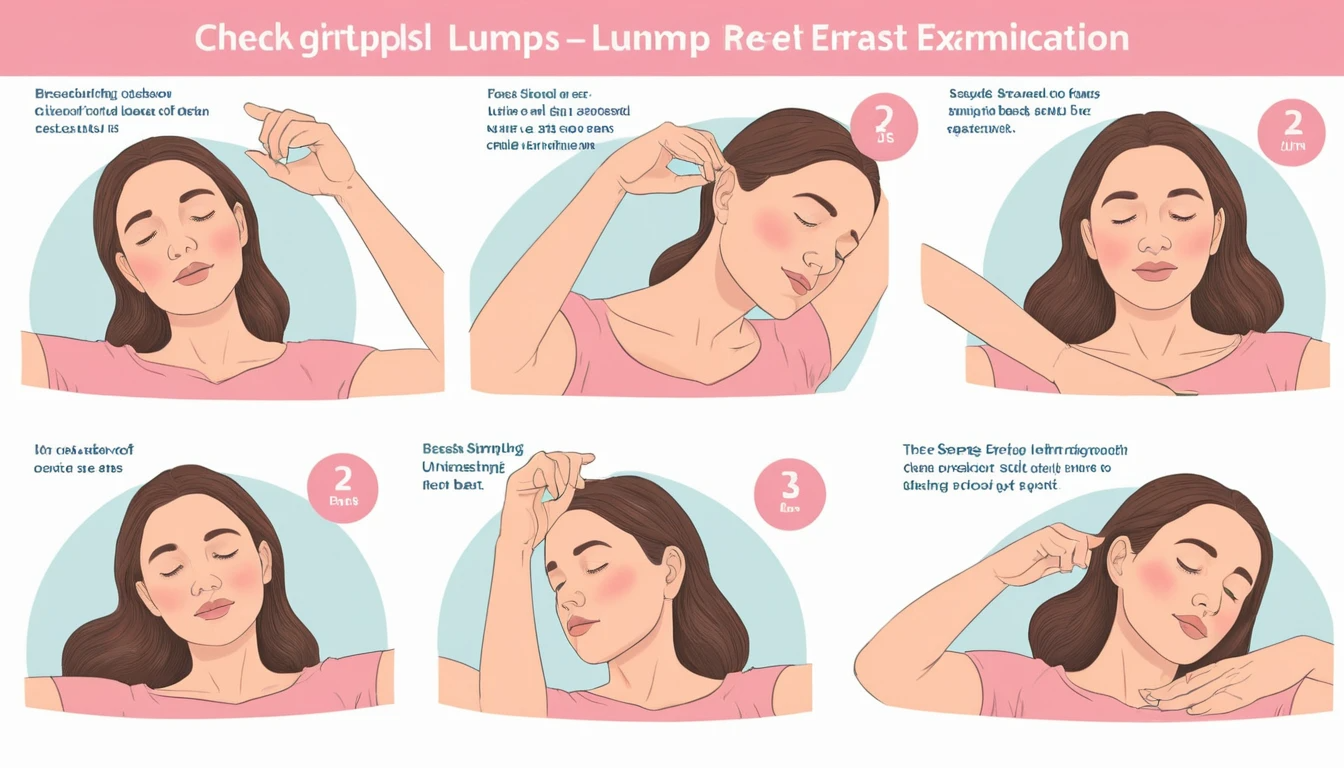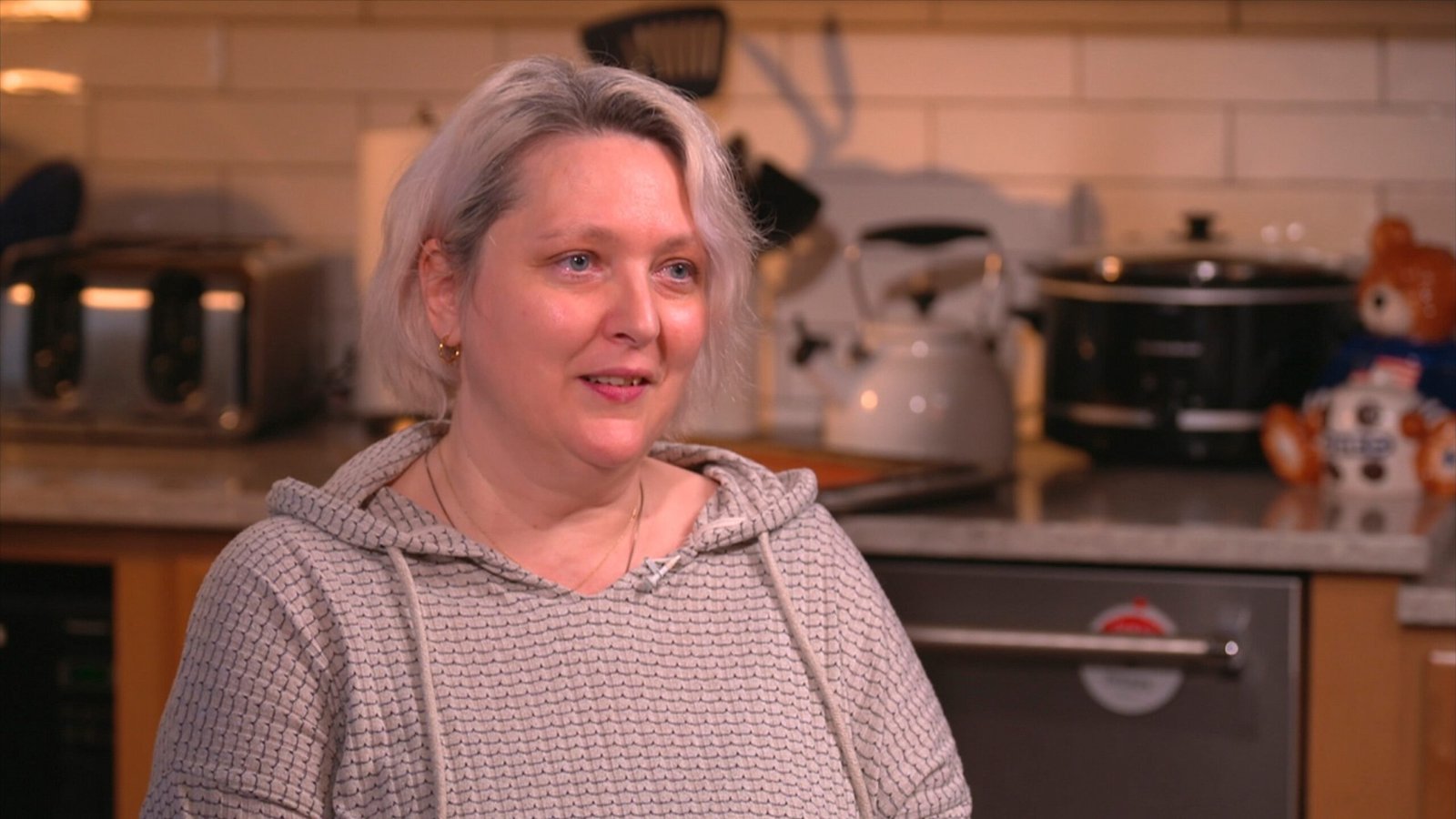Introduction
Taking charge of your health is one of the best things you can do for yourself. A simple way to stay proactive is by learning how to perform a breast self-examination (BSE). This process helps you monitor your breast health and detect any changes early. Early detection can make a big difference, especially when it comes to breast cancer. In this blog, we’ll go over a breast self examination introduction and break it down step by step, making it easy for you to understand and follow.
What is a Breast Self-Examination (BSE)?
A breast self-examination introduction starts with understanding what a breast self-exam (BSE) is. It’s a method of checking your own breasts for lumps, changes, or anything unusual. breast self examination introduction It’s something you can do on your own at home, without needing a doctor or specialist.
While it’s not a replacement for regular medical checkups or mammograms, it can help you become familiar with the usual feel and look of your breasts. This makes it easier to spot any changes over time. It’s also a great way to boost your awareness and confidence about your health.
Why is Breast Self-Examination Important?
A breast self-examination introduction isn’t just about learning the steps—it’s about understanding the value of this habit. Many people don’t realize how important regular breast checks are for their health.
Breast cancer can be difficult to detect in its early stages because it doesn’t always show symptoms. A BSE helps you feel any lumps or abnormalities that might be signs of breast cancer. The earlier you detect something unusual, the quicker you can consult a doctor and take necessary action.
You don’t need to worry if you’re not sure about what to look for right away. breast self examination introduction Regular practice will help you get better at identifying what’s normal for you.
How to Start a Breast Self-Examination: Easy Steps
Now that we’ve covered the basics of a breast self-examination introduction, it’s time to dive into the easy steps. Performing a BSE doesn’t need to be complicated. In fact, the simpler you keep it, the more likely you’ll stick to it.
Here are some simple steps to guide you through a BSE:

Step 1: Choose the Right Time
You should do a breast self-exam once a month. The best time to do it is about a week after your period ends, when your breasts are least likely to be swollen or tender. breast self examination introduction If you have gone through menopause or don’t have regular periods, pick a day of the month that’s easy for you to remember.
Step 2: Look at Your Breasts in the Mirror
Start by standing in front of a mirror with your shoulders straight and your arms at your sides. Take a moment to observe the shape, size, and color of your breasts. Look for any changes like:
- Unusual lumps or bumps
- Skin that looks dimpled, puckered, or inflamed
- Nipple changes, such as inversion or unusual discharge
Once you’ve checked for any visible changes, raise your arms above your head and look again. breast self examination introduction This helps show any changes that may not have been obvious when your arms were at your sides.
Step 3: Feel for Changes While Lying Down
Next, lie down on your back. This makes it easier to feel your breast tissue. Use the pads of your fingers to gently press down in a circular motion, starting from the outside of your breast and moving toward the center.
Don’t forget to check your underarms as well—this area has breast tissue, too.
Step 4: Check While Standing or Sitting
Finally, check your breasts while standing or sitting, as this position allows gravity to help you feel for any lumps or changes. This will help you find anything you might have missed while lying down.
Use the same circular motion to feel for anything unusual. breast self examination introduction It’s helpful to cover the entire area of each breast, including the armpits.
What to Look For During a Breast Self-Examination
A breast self-examination introduction isn’t just about following the steps; it’s also about knowing what to look for. During your BSE, try to keep an eye out for these possible signs:
- Lumps or Masses: A lump in the breast or under the arm is the most common sign of a problem. These lumps may feel hard or tender.
- Changes in Skin Texture: Redness, swelling, or changes in skin texture—like a dimpled or “orange peel” appearance—can be signs of trouble.
- Nipple Changes: Look out for changes in the nipple, such as inversion (nipple turning inward), or discharge that isn’t breast milk.
- Pain or Discomfort: While it’s normal for your breasts to feel sore during certain times of the month, persistent pain should be checked by a healthcare provider.
If you notice any of these signs, don’t panic. Most lumps and changes are not cancerous, breast self examination introductionbut it’s still important to consult a healthcare professional for proper evaluation.
How Often Should You Do a Breast Self-Examination?
While it’s crucial to perform a breast self-examination introduction and get familiar with your breasts, it’s also important not to become obsessed. Doing a BSE once a month is sufficient. The goal is to stay aware of your body, not to check your breasts constantly.
If you’re ever unsure or feel worried about something you’ve noticed,breast self examination introduction don’t hesitate to talk to a doctor. Early detection is key, and it’s always better to be safe than sorry.
Breast Self-Examination Myths and Facts
There are a few myths surrounding BSE, but knowing the facts can help you stay informed:
Myth #1: BSE is a Replacement for Mammograms
BSE is an important tool, but it doesn’t replace mammograms. Regular mammograms, as advised by your healthcare provider, are still vital in detecting breast cancer early.
Myth #2: BSE Will Always Find Cancer
While BSE is helpful, it doesn’t always detect all forms of breast cancer. Some cancers may be too small to feel, which is why mammograms and doctor visits are necessary. breast self examination introduction
When to Seek Help
If you notice any changes during your breast self-examination, it’s essential to consult a doctor. Don’t be afraid to seek help or ask questions. A professional can give you the best advice and help you understand your concerns.
Conclusion
A breast self-examination introduction is the first step toward being more in tune with your body and taking charge of your health. By following the simple steps outlined above, you can get comfortable with this practice and feel confident in your ability to spot any changes.
Remember, while BSE is a valuable tool, it’s not the only tool you should rely on. Regular checkups, mammograms, and professional advice are essential. Stay informed, stay proactive, and take control of your health!






